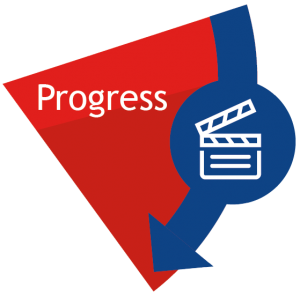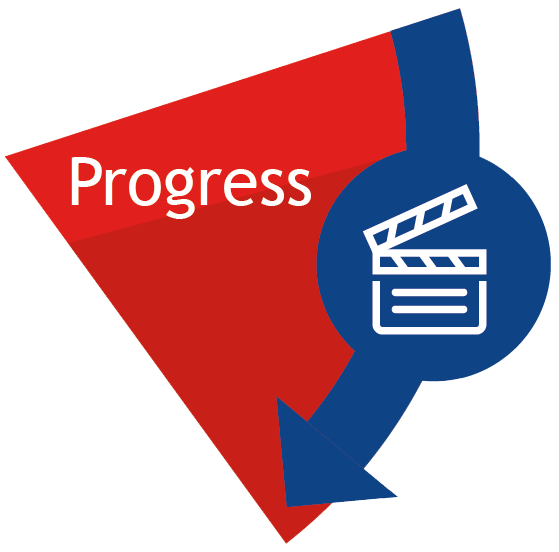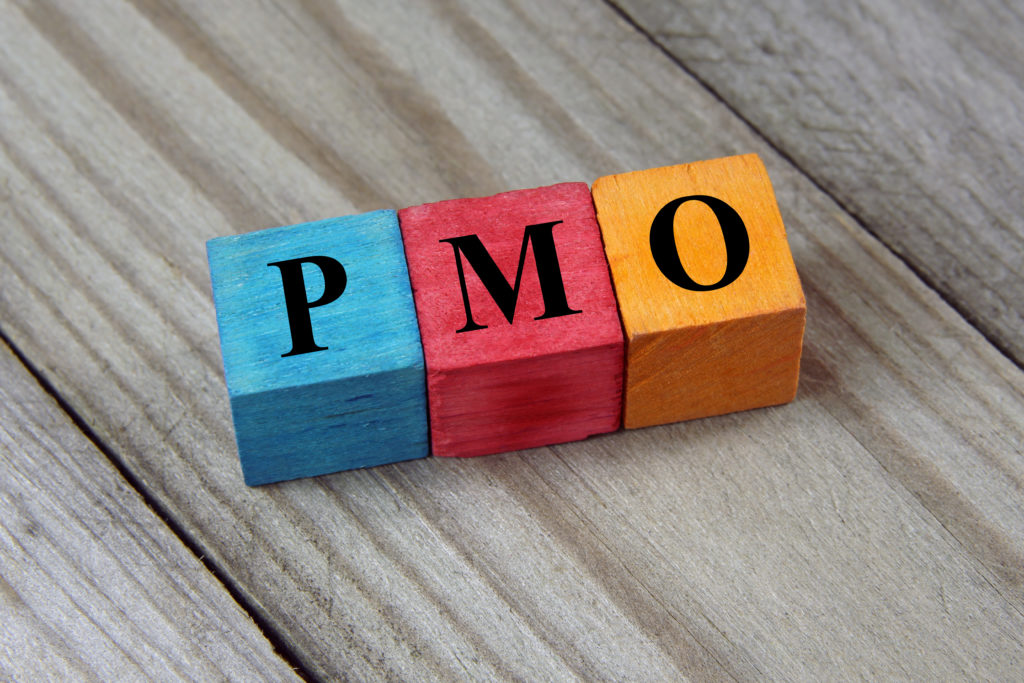In the previous blog, we introduced the second stage of the business transformation model VAPORS, called ‘Assign’. In this blog, we will explain the third stage, ‘Progress’. As a reminder, the VAPORS Model consists of 6 stages:
– Value
– Assign
– Progress
– Output
– Results
– Supervision

‘Progress’ is the third stage of the business transformation model and is all about the execution of the programs and portfolios. In this stage, the strategic direction supports the execution to implement and answers the question WHEN? Progress includes both projects that focus on realising specified deliverables, and initiatives to change behaviour and routines in operational processes. To transform the business from the old to a new way of working through projects.
Progress is the process, the project activities, the actual work to be done. The outcomes are the deliverables of the projects, which will be discussed in our next blog, ‘Output’. In this stage, the main focus is the planning and control of the required activities, the monitoring of any risks and mitigations as well as the communication schedule for the stakeholders.
Most important: projects have a clear beginning and end. It is time boxed, so resources can be added, a planning made and progress tracked. Does the project deliver within time and budget? The project manager plays an important role to communicate with (internal and external) stakeholders, keep track of progress and solve any issues within his or her mandate. Or escalate to the Steering Group.
Also, the link to the strategic initiative needs to be monitored occasionally. Does the project add value to the strategy and the program or portfolio as defined? Are we on the right track, working towards the right direction? Or do we need to realign the goals and deliverables of the project? Not adhering to the strategy does not add value for the company and is a waste of time and resources.
Several projects can be initiated and run at the same time, running in parallel. For example, you can think of a process improvement project to cut non-adding value activities to simplify the process and at the same time the implementation of a new tool to support this new process. Different people involved, different stakeholders and budget owners, resulting is separate projects.
We all know the main pitfalls of project management
– Scope creep
– Running over time and budget
– Company politics
– Operational- versus project pressure
As a project manager, you need to be focused on the agreed deliverables, timelines and available resources. But a plan, how detailed and thoroughly created, never captures reality. A planning could be underestimated, unforeseen events will happen, scope will change, priorities change. Be flexible to adjust to changing circumstances and evaluate the impact and communicate with all stakeholders frequently and in a timely manner.
Different blueprints can be used, for example a Gantt chart, Process Map, RAID Register and Stakeholder Management. And our toolkit holds several tools for this stage to be used, like:
– Communication Planning Framework
– Arc of Distortion
– Dysfunctions of a team (Lencioni)
– Six Principles of Persuasion (Cialdini)
– ….and many more
‘Progress’ is the third stage of our business transformation model and translates portfolios and programs into concrete plans, actions, and deliverables. The following stage is ‘Output’, the subject of our next blog.










0 Comments